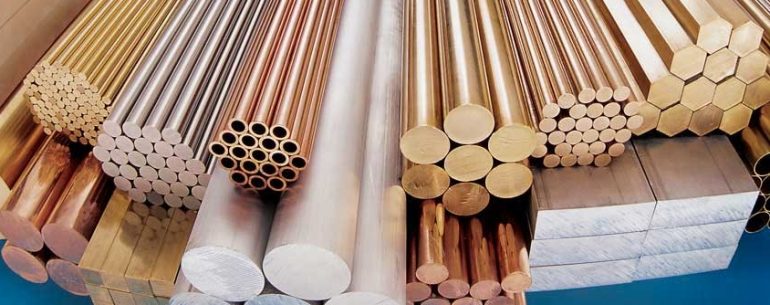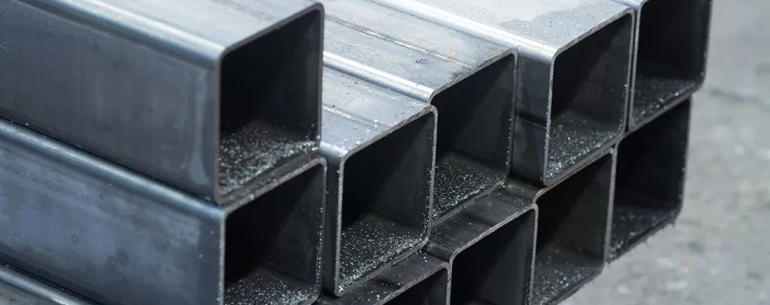Copper, brass, and bronze are fundamental alloys with distinct properties and applications. These metals are used in various industries, ranging from electrical systems to marine engineering, and are available in different material grades to meet specific requirements. Material grades help define the quality, composition, and mechanical properties of these alloys, ensuring that they perform optimally for particular tasks. In this article, we’ll explore the differences between copper, brass, and bronze, highlighting common material grades such as C11000 copper, C36000 brass, and C93200 bronze along the way.
1. Copper: The Foundation of Alloys
Copper is a pure metal, prized for its high electrical conductivity, thermal conductivity, and corrosion resistance. It’s commonly used in a wide range of applications such as electrical wiring, plumbing, and industrial machinery. Copper is also used as a base material in alloys like brass and bronze.

- Composition: Pure copper (Cu) is typically 99.9% copper, although trace amounts of other elements, such as oxygen, may be present.
- Material Grades: Copper material grades typically vary in terms of their purity, strength, and specific alloying elements. Some of the most common copper grades include:
- C11000 (Electrolytic Tough Pitch Copper): This is the most commonly used grade of copper for electrical and plumbing applications due to its high electrical and thermal conductivity.
- C10200 (Oxygen-Free Copper): A high-purity copper with low oxygen content, ideal for sensitive applications where oxidation is a concern.
- C12200 (Phosphorus Deoxidized Copper): Used for industrial applications where slight oxidation resistance is needed, such as in brazing.
- Common Products:
- Copper Tube: Used in electrical and plumbing applications, especially in heating, refrigeration, and air conditioning systems.
- Copper Pipe: Common for water and gas pipes due to its corrosion resistance.
- Copper Plate: Found in electrical components and machinery.
- Copper Flat Bar: Often used in industrial manufacturing, electrical systems and construction.
2. Brass: The Alloy of Copper and Zinc
Brass is a versatile alloy made from copper and zinc, with properties that can be tailored depending on the proportions of these two metals. Brass is stronger and more durable than pure copper, with a golden-yellow appearance that makes it an attractive material for many applications.

- Composition: Brass typically consists of copper (60-90%) and zinc (10-40%). The ratio of zinc to copper affects the hardness, strength, and other physical properties of brass.
- Material Grades: There are various grades of brass, each designed for specific applications. Some commonly used grades include:
- C36000 (Free-Cutting Brass): This is one of the most popular grades of brass and is known for its machinability. It is commonly used in the production of fittings, fasteners, and plumbing components.
- C27000 (Cartridge Brass): Contains about 70% copper and 30% zinc, making it a general-purpose brass with good strength and corrosion resistance, ideal for making sheet metal and decorative items.
- C28000 (Muntz Metal): Composed of 60% copper and 40% zinc, it is highly resistant to corrosion, making it suitable for marine and industrial applications.
- Common Products:
- Brass Angle Bar: Used in structural applications, such as framing, support brackets, and manufacturing of industrial equipment.
- Brass Pipe: Commonly used in plumbing, valves, and fittings, particularly where high machinability is required.
- Brass Plate: Utilized for decorative purposes, as well as in industrial applications like electrical connectors.
- Brass Flat Bar: Often used for its strength and versatility in creating various mechanical parts and fittings.
3. Bronze: The Alloy of Copper and Tin
Bronze is a corrosion-resistant, durable alloy of copper and tin, with added elements like aluminum, phosphorus, or silicon in some cases. It has been used for thousands of years in applications ranging from tools to currency. Bronze is known for its excellent wear resistance, strength, and toughness.

- Composition: Bronze is primarily composed of copper (88-95%) and tin (5-12%), with optional additional elements like aluminum, phosphorus, or silicon to improve specific properties such as strength, castability, and corrosion resistance.
- Material Grades: Different grades of bronze are used in various industries depending on the specific application. Some commonly used grades include:
- C93200 (Bearing Bronze): This is one of the most common grades of bronze used in bearing applications. It contains 88% copper, 8-9% tin, and 3-4% lead, providing excellent wear resistance and strength.
- C51000 (Phosphor Bronze): Contains a high percentage of tin (5-9%) and is known for its strength, toughness, and resistance to fatigue, commonly used in springs and electrical contacts.
- C64400 (Aluminum Bronze): A copper alloy with aluminum, ideal for high-stress applications like gears and bearings in harsh environments, such as marine or offshore applications.
- Common Products:
- Bronze Hollow Bar: Ideal for use in mechanical parts such as bushings, bearings, and machinery components where wear resistance and strength are critical.
- Bronze Plate: Used for heavy-duty applications requiring strength and corrosion resistance, such as shipbuilding, sculptures, and industrial components.
- Bronze Rods and Bars: Common in industrial applications requiring high strength, wear resistance, and low friction properties.
Key Differences Between Copper, Brass, and Bronze, and Their Grades
| Property | Copper | Brass | Bronze |
| Composition | Pure copper (Cu) | Copper + Zinc (Cu+Zn) | Copper + Tin (Cu+Sn) |
| Color | Reddish-brown | Yellow to golden | Reddish-brown or golden |
| Conductivity | Excellent electrical conductor | Good conductor, but lower than copper | Poorer electrical conductor than copper |
| Strength | Soft and ductile | Stronger than copper | Harder and tougher than both brass and copper |
| Corrosion Resistance | Excellent | Good (but less than bronze) | Excellent, especially in seawater |
| Malleability | Highly malleable | Malleable and easy to shape | Less malleable than brass |
| Material Grades | C11000, C10200, C12200 | C36000, C27000, C28000 | C93200, C51000, C64400 |
| Common Uses | Electrical wiring, plumbing, roofing | Musical instruments, coins, plumbing | Statues, gears, bearings, marine applications |
Conclusion
Copper, brass, and bronze each have their unique characteristics, with a wide variety of grades available to suit different applications. Copper is prized for its excellent conductivity and corrosion resistance, with common grades like C11000 being used in electrical and plumbing systems. Brass, an alloy of copper and zinc, offers a balance of strength, machinability, and corrosion resistance, with grades like C36000 being ideal for high-machinability applications. Bronze, primarily made of copper and tin, is known for its strength, wear resistance, and corrosion resistance, with grades like C93200 being widely used in bearing applications.
Understanding the material grades of copper, brass, and bronze allows you to select the right material for your specific project, ensuring optimal performance and longevity in applications such as brass flat bars, bronze hollow bars, and copper pipes.



